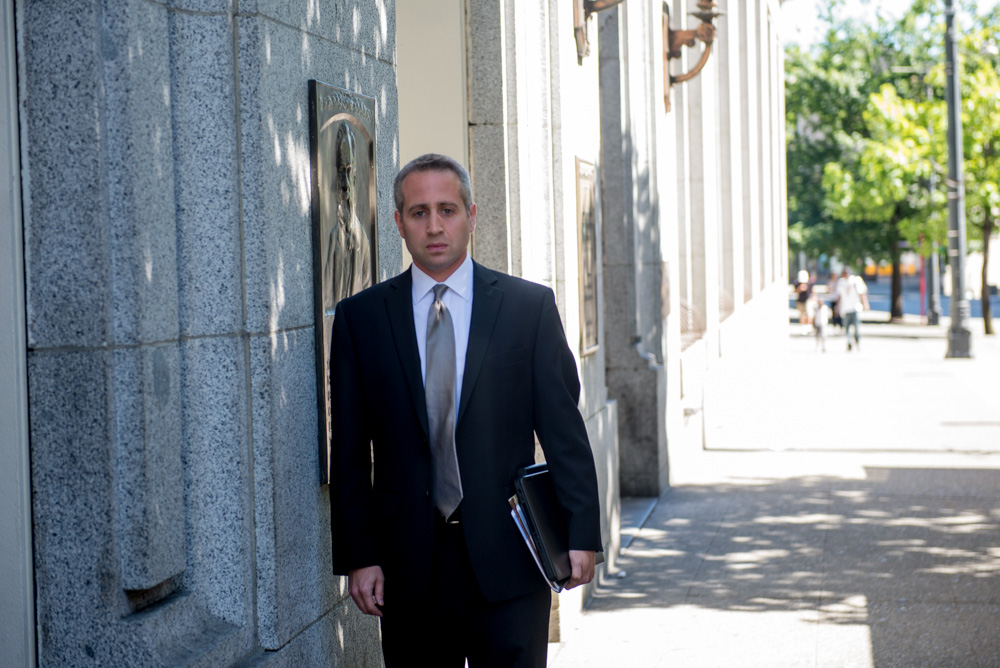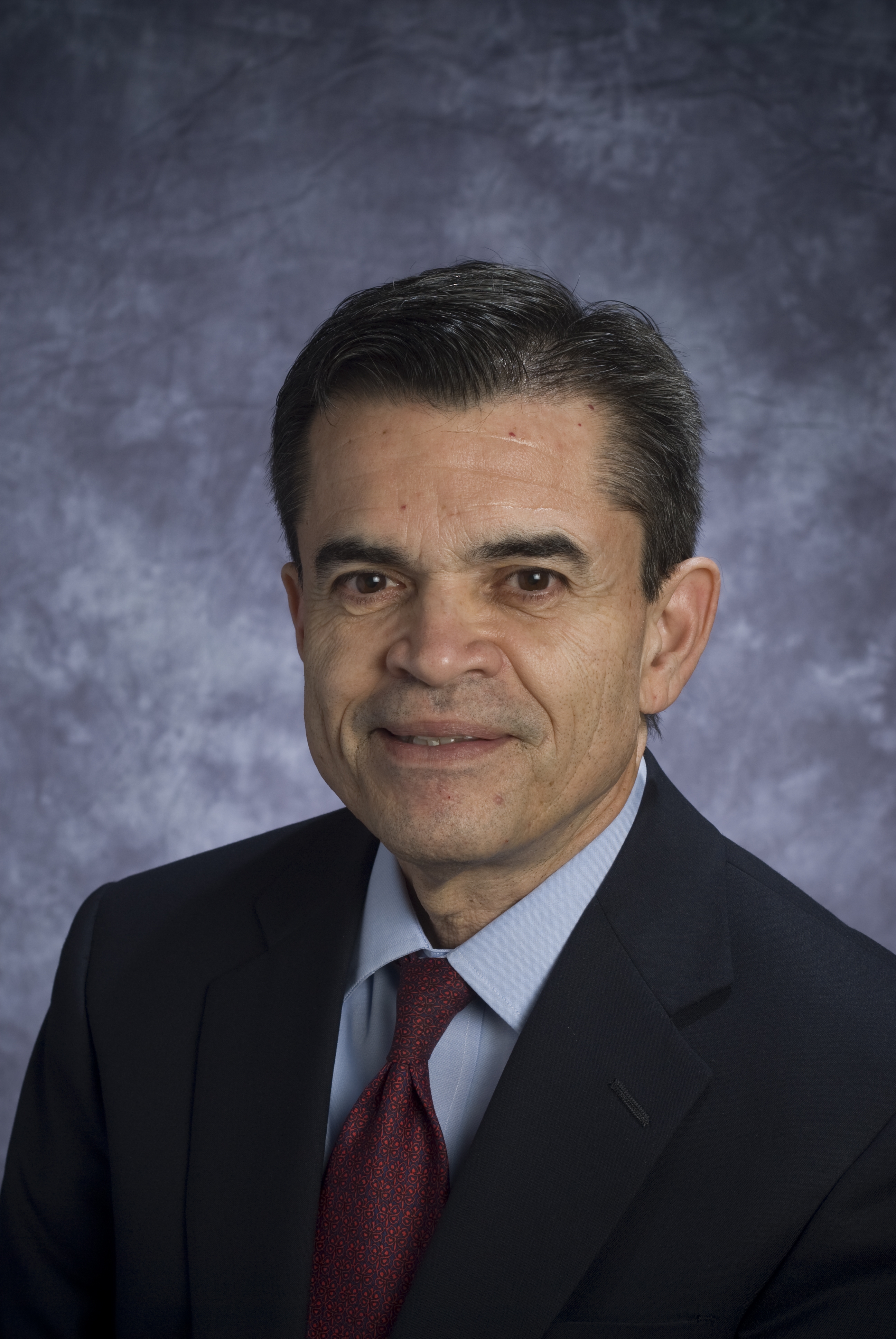Marker in hand, the director of Seattle’s new Youth Violence Prevention Initiative, Mariko Lockhart, stood patiently at an easel at a city council “town-hall” meeting in West Seattle last Thursday night.
“I just want to know, who is this meeting for?” asked Maraunjanique Smallwood, a 16-year-old Cleveland High School student. “Where are the people who are going to benefit from these things that you are talking about doing?”
Smallwood was the first to speak up as the attendees broke into separate discussion groups, but it wasn’t the first time that complaints have been heard about the noticeable absence of youthful Seattleites at the city meetings where the city’s new $8 million effort to prevent youth-related violence is being discussed. At a city-sponsored symposium on gang violence earlier this month at City Hall, fears were voiced that input is not being sought from the very people the initiative is intended to benefit.
This meeting is only a precursor to many to come, explained Lockhart. After the Initiative officially launches on July 7, she said, the city intends to hold community forums throughout each of the three targeted areas—Central, Southeast, and Southwest Seattle.
“What we’re hearing now is expected,” says Lockhart in an interview. “There’s a lot of passion, a lot of frustration about what is being done and what is not being done, and we’re going to continue to reach out and take all of that into account.”
When Mayor Greg Nickels introduced his new Youth Violence Prevention Initiative last September, he said would seek to reduce juvenile crime by 50 percent in two years. The program will pay for things like youth centers, recreation programs, and “anger management” lessons offered by social-service agencies.
The program arrives on the heels of a relatively bloody year. According to statistics provided by the Seattle Police Department, there were 12 gang-related deaths in Seattle last year, five of them involving victims under the age of 18. And the number of incidents of violent crime committed by people under the age of 18 has been holding steady, even as Seattle’s overall crime rate has declined.
“Seattle’s crime rate is at its lowest point in 40 years, but that is absolutely no solace to the families who have lost young people to violence,” said Nickels in September. “Whether it’s helping them stay in school, re-enter society, or manage their anger, the objective is to intervene at a crucial time in their lives and offer them a better path.”
But intervening was exactly what the city was doing prior to 2004, when a philosophical shift in policy saw the city’s anti–youth violence efforts switch focus to “prevention.”
Back in 1990, Seattle voters approved a Family and Education Levy, which paid for a Seattle Team for Youth (STFY) program focused on helping kids who had dropped out of school, fallen into gangs, or were otherwise involved in delinquent activities.
In 2004, as the levy was set to be re-approved by voters, an oversight committee recommended that the new funds be directed toward kids still in school, to keep them there and improve their performance. The levy was re-approved, and the change in direction approved by Mayor Nickels and the City Council.
“It was determined that we needed to be more focused in our approach,” says Holly Miller, director of the city’s Office of Education. “The thinking was that it’s not enough to make sure a kid is nonviolent. We want them to graduate from school. After that, like everything else we funded, the Team for Youth had to prove that it helped students succeed academically and reduce the dropout rate.”
But it didn’t. According to Gerard “Sid” Sidorowicz, a strategic advisor for Seattle’s Office of Education, the program’s interventionist approach just didn’t work.
“The program just wasn’t effective at getting children back into school,” says Sidorowicz. “Many of the young people referred to us were just too far gone.”
The shift in policy has become a campaign issue. In comments to Seattle Weekly, mayoral candidate Mike McGinn contends that the change has helped lead to an uptick in youth-related crime (there were 762 juveniles referred for prosecution for violent crimes in 2007, up from 729 in 2005).
“What I’ve heard is that the systems that were in place to reach at-risk youth have essentially atrophied over the years,” says McGinn. The candidate, who attended last week’s town-hall meeting, could not provide sources who would make that claim on the record.
“It’s not that clean-cut,” responds Miller. The mayor’s initiative is “a much richer program mix for kids, and it stands a better chance because of it.”
“The tug-of-war between intervention and prevention has been ongoing for as long as cities have been trying to combat the problem, and no one has stumbled upon the perfect recipe yet,” says Eleuthera Lisch, director of the Alive and Free program at the downtown YMCA. “These aren’t separate issues.
“We have long been operating in small pockets,” says Lisch. “What this does is get everyone under the same banner where we can work toward the same goal. Hopefully we can do some good.”







